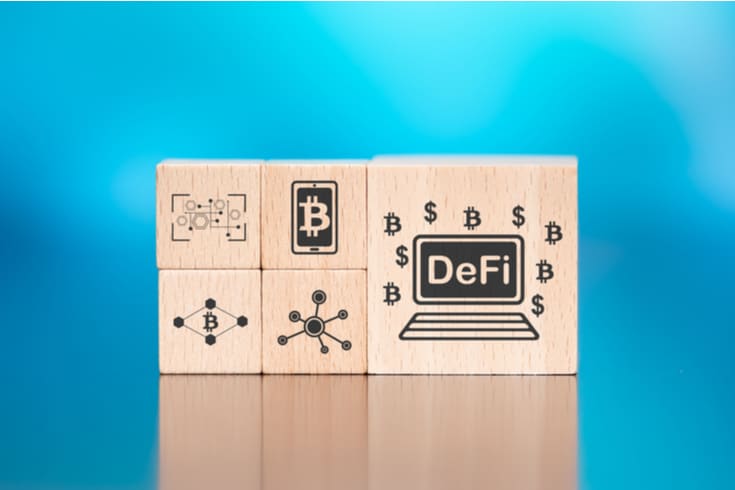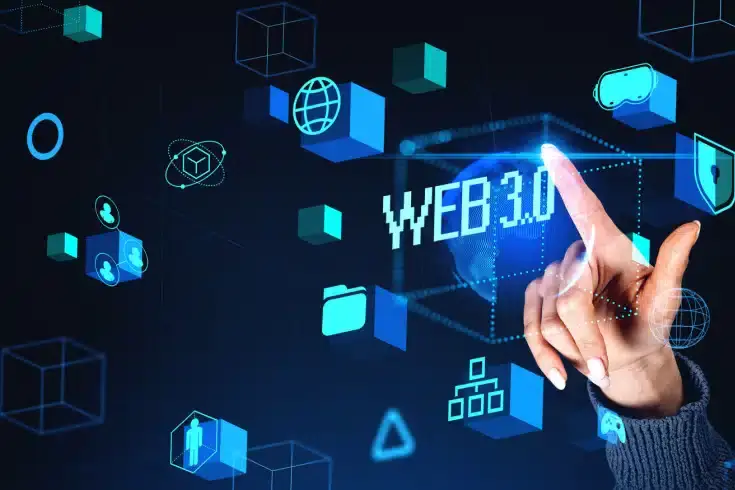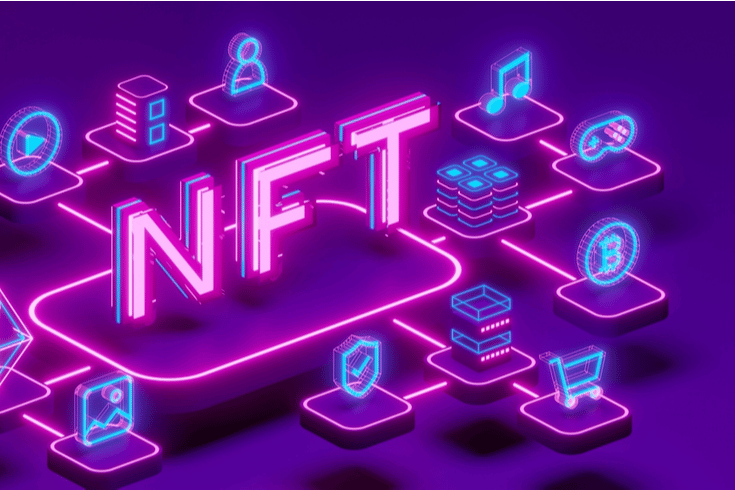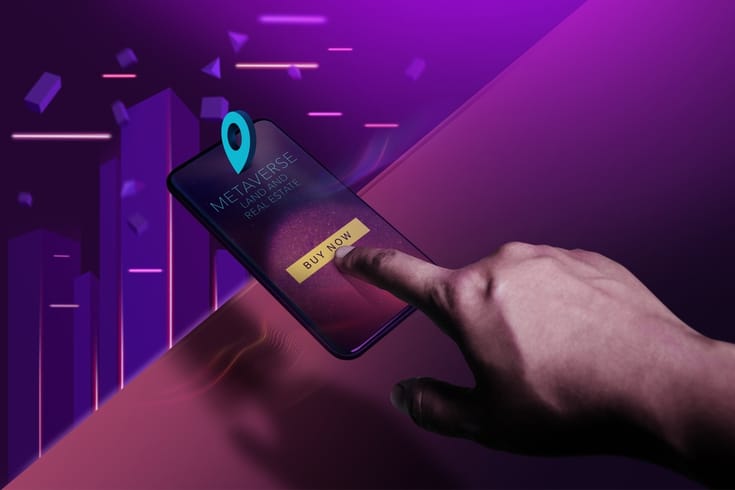What Makes Blockchain a Novel Technology?

Recently, there has been an increase in the number of opportunities to discuss topics related to virtual assets in news media and other outlets. The circulation of these virtual assets is supported by a new IT technology known as blockchain. It is precisely because of the invention of this new technology, blockchain, that the implementation of virtual assets has become possible.
The general perception of virtual assets is that they are a speculative investment with high risks and high returns, due to the potential for rapid market declines and surges. Additionally, the frequent occurrence of fraud cases related to virtual assets has led to a persistent negative impression of them. Indeed, it cannot be denied that virtual assets, being a new form of financial asset, are often used for criminal activities due to the lack of adequate legal regulations.
Current Social Trends Surrounding Crypto assets
However, it is important to consider the various risks and dubious aspects inherent in today’s crypto assets. Not limited to blockchain, historically, new technologies and inventions have simultaneously created new social issues. Regardless of their moral implications, it can be said that human history has continued to develop while simultaneously advancing the establishment of legal systems around the utilization of technological progress.
It is not difficult to emotionally reject or blindly trust a newly devised technology. However, the most constructive approach is to understand what makes it a new technology and to consider appropriate ways to utilize it. Above all, this requires an understanding of existing technologies and knowledge of the historical background of the emergence of new technologies.
Blockchain ≠ Crypto assets
Indeed, if we trace the evolution of blockchain, it was originally conceived as a technology to implement Bitcoin, a type of crypto assets. The beginning of blockchain can be traced back to a paper published in 2008 (Gregorian calendar year), where its theory was explained.
However, the application range of blockchain technology is not limited to crypto assets. Rather, it would be more appropriate to position crypto assets itself as just one of the examples of blockchain technology application. Blockchain itself can be widely applied in areas involving a large number of people or organizations, not limited to crypto assets.
Therefore, it is important to understand what the fundamental technology is, rather than being caught up in a superficial image of “Blockchain = Crypto assets”. To do this, it is crucial to understand the new concept of information management, also known as “distributed ledger”.
Ledgers Should Not Normally Be Distributed
So, what exactly is a distributed ledger? In order to properly understand this concept, it is necessary to first understand the traditional, non-distributed ledger. Ledgers are not typically distributed, but are usually centrally managed in a data center or similar location. This is easily understood when looking at the activities of large organizations such as major corporations and government agencies. Organizations that have grown and become complex beyond a certain scale usually promote the use of databases.
We will not go into detail about the tool called a database here, but if you are interested, you might want to look into major databases such as Oracle and MySQL. These can be thought of as specialized IT tools for handling vast amounts of information that cannot be managed with paper ledgers or Excel. Many companies hire engineers who are proficient in databases and deploy high-performance computers on the server side to achieve centralized information management. By enhancing their IT systems for information management, they can continue to manage data, even if the number of data items increases to several hundred million.
To give an easy-to-understand example, think of industries such as finance, which records a large number of transactions day and night, trade, which manages logistics around the world, and the human resources business, which handles a large amount of job seeker and company information. Using a database and managing information with a large server has been the standard way of managing information up until now.
How is Information Managed in a Distributed Ledger?
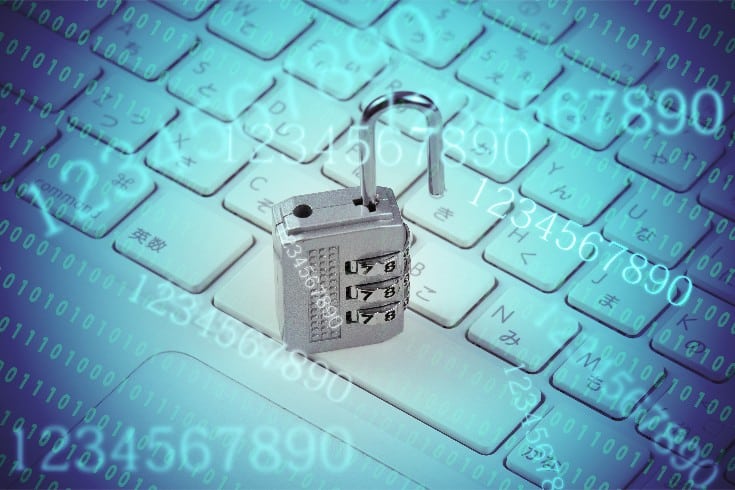
So, how is information managed when using a distributed ledger system? In the case of a distributed ledger, data is not centrally stored in a data center and extracted when needed.
Instead, all participants share the same ledger, and when new data is registered, changed, added, or deleted, all participants synchronize. Of course, the details of each change may be someone’s personal information. However, this does not mean that all privacy is exposed. The data is encrypted, and this encryption is disclosed to all participants.
The essence of blockchain, a technology implementation, can be said to lie in this point.
In other words, by having everyone participating in the network on an equal footing hold the same ledger and create a system where they monitor each other, ledger tampering is prevented. This is a significant advantage of information management by distribution, and it is also the reason why the implementation of virtual assets was made possible.
Until a while ago, it was never easy to substantiate the information in the ledger without a centralized management system. However, today, with the rapid development of communication infrastructure through the Internet, information exchange on the Web has become very low-cost and fast. With the backing of the expansion of the communication infrastructure, it has become possible to give credit to virtual assets created without a central government, that is, to prevent ledger tampering, or forgery.
The Essence of Blockchain is a “Distributed Ledger System”
From the explanations so far, you should have understood that a “distributed ledger” enabled by blockchain is not solely for virtual “currency”.
If we digress a little and explain for legal professionals, the essence of blockchain technology is, in a sense, a “distributed ledger system”. For example, when we check the land registry at the Legal Affairs Bureau, we trust the information in that registry. This “trust”, analytically speaking, is nothing but trust in the state. In other words, to put it bluntly, forcing the Legal Affairs Bureau to rewrite the registry by storming in with a gun, or bribing them to do so, is ultimately deterred by military and police force, and we (probably unconsciously) trust that the “correct” information is stored in the Legal Affairs Bureau’s registry.
“Distributed” refers to a system that creates the same kind of trust as this, as collective intelligence of all participants, without the need for trust bestowed by the state. Creating a reliable registry of how land ownership has been transferred and who ultimately owns it now, through distributed collective intelligence. This is the technology of blockchain. And “virtual assets” is a system that gives credibility to information about the owner of a currency by recording how a certain currency was “mined” and how it circulated, in a ledger (ledger), just like the example of the “land registry” mentioned above.
While blockchain technology was created for Bitcoin and is still closely associated with the keyword “virtual assets”, it is not necessarily only for “currency”.
What Distributed Ledgers Can Do
With the understanding of blockchain as described above, it is natural to comprehend the extent of its application. For instance, it can be applied to global trade operations. In this context, numerous parties such as insurance companies, financial institutions, distributors, customs, and government agencies conducting import and export audits in various countries are involved.
In procedural operations involving many individuals and organizations, if there is a mistake, the cost and effort to correct it can be enormous. Moreover, it is not realistic to assume a data center at the core and have information centrally managed.
In such business forms, a decentralized information management method, which allows direct modification and reference of information without the need for intermediaries, is expected to have certain merits.
Summary
While blockchain technology has the advantage of being extremely resistant to tampering, it also has the disadvantage of potentially causing a significant load on communication infrastructure due to its heavy reliance on it. However, it is crucial to understand that the recent negative perceptions surrounding crypto assets, such as “risky” and “suspicious,” have nothing to do with blockchain technology itself. This understanding should be the first and foremost premise to be shared.
Grasping this point is the first step towards exploring an appropriate relationship with this new technology, blockchain.
Monolith Law Office not only possesses expertise in the traditional Japanese legal system, but also understands cutting-edge IT technologies and the new social issues they bring about. We believe our mission is to promote human evolution by supporting the latest technologies and the businesses that handle them.
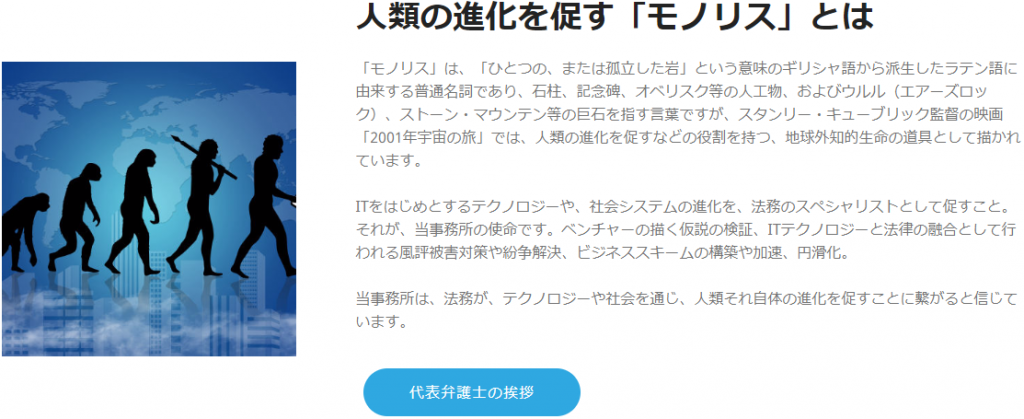
Category: IT


